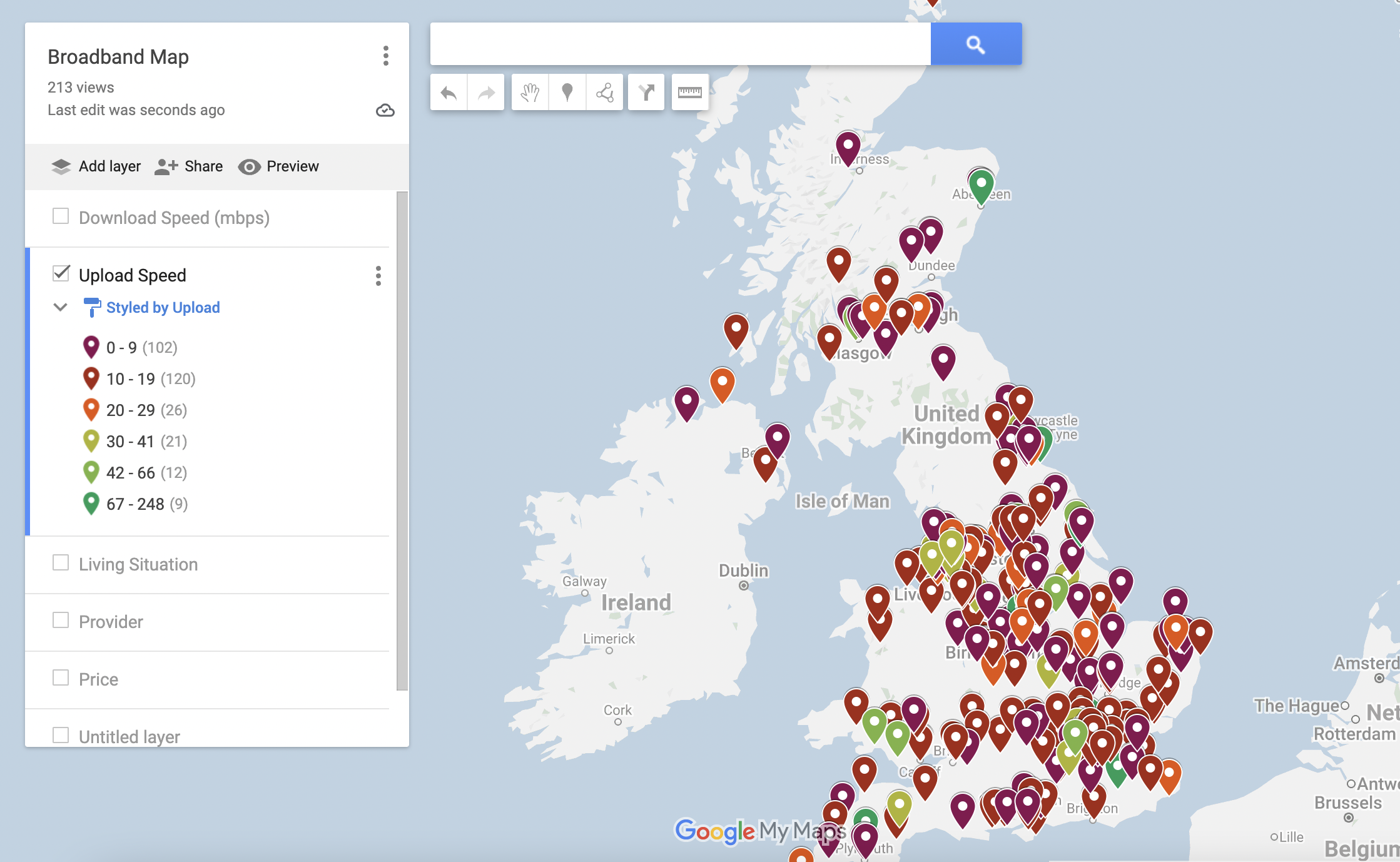
Sample size and why it’s important
Sample size and why it’s important https://www.citizenme.com/wp-content/uploads/2018/03/Sample-Size.png 600 442 Beth Hepple Beth Hepple https://secure.gravatar.com/avatar/8f7fce6d2c6864aa79cc3244d05191f6?s=96&d=mm&r=gWhen it comes to market research, one of the most important things to think about is sample size; considering how many people you need to survey/speak to in order to get an accurate result. There are three guiding principles for getting this right.
How much error are you comfortable working with?
When you sample a population you will be working within margins of error. This is because your sample will be an estimate of how the overall population think and behave.
For example, let’s pretend you are conducting research based on the population of Portugal, which currently stands at 10,309,573 people. If you were to interview 100 people, you will be working within margins of error of +/- 10% at a 95% confidence interval. But what does this mean?
Well, if 50% of those 100 people said their favourite film is Mrs Doubtfire, then in reality, this result could vary between 40-60% amongst the actual Portuguese population (+/-10% from 50%).
If you needed a more accurate measurement you could increase your sample size to 385 (see table below). The margin of error decreases to +/-5%. This means the number of people that love Mrs Doubtfire could vary between 45% and 55%.
Here is a handy table so you can look up the margins of error you’ll be working with at different sample sizes.
| Population Size | Sample Size per Margin of Error | ||
| ±3% | ±5% | ±10% | |
| 500 | 345 | 220 | 80 |
| 1,000 | 525 | 285 | 90 |
| 3,000 | 810 | 350 | 100 |
| 5,000 | 910 | 370 | 100 |
| 10,000 | 1,000 | 385 | 100 |
| 100,000+ | 1,100 | 400 | 100 |
An example of when you’d want to work with lower margins of error is when you’re trying to size a market for a product launch. Here you’d want greater certainty on the estimates you’re producing. Alternatively, to add the customer voice to a marketing campaign, you might run a quick poll. In this instance you would probably trade off a higher cost for a lower sample size because you can accept the higher margins of error.
How do you want to analyse the data?
If you need to analyse your data by subgroups (e.g. age groups) then your sample sizes will be divided into small parts. This may lead you to working with sample sizes that are too small to derive any statistically significant conclusions. If you have an overall sample size of 100 and four subgroups comprising of 25 people each, then analysing each subgroup becomes problematic.
We wouldn’t recommend using findings with a sample size of less than 50 and ideally not less than 100. In this case, increasing the overall sample size to a minimum of 400 would be the recommended course of action.
Nothing to do with statistics…
Statistical confidence is one thing, but an often overlooked consideration is the confidence your stakeholders place in your sample size. The users of the research may not be comfortable with a sample size of 400, even if the margins of error are acceptable. If this is the case, then it’s unlikely your research will drive any action.
Be sure your stakeholder group are happy with your sampling approach. Emotional factors can often be ignored and time and money wasted.
- Posted In:
- How to






Leave a Reply